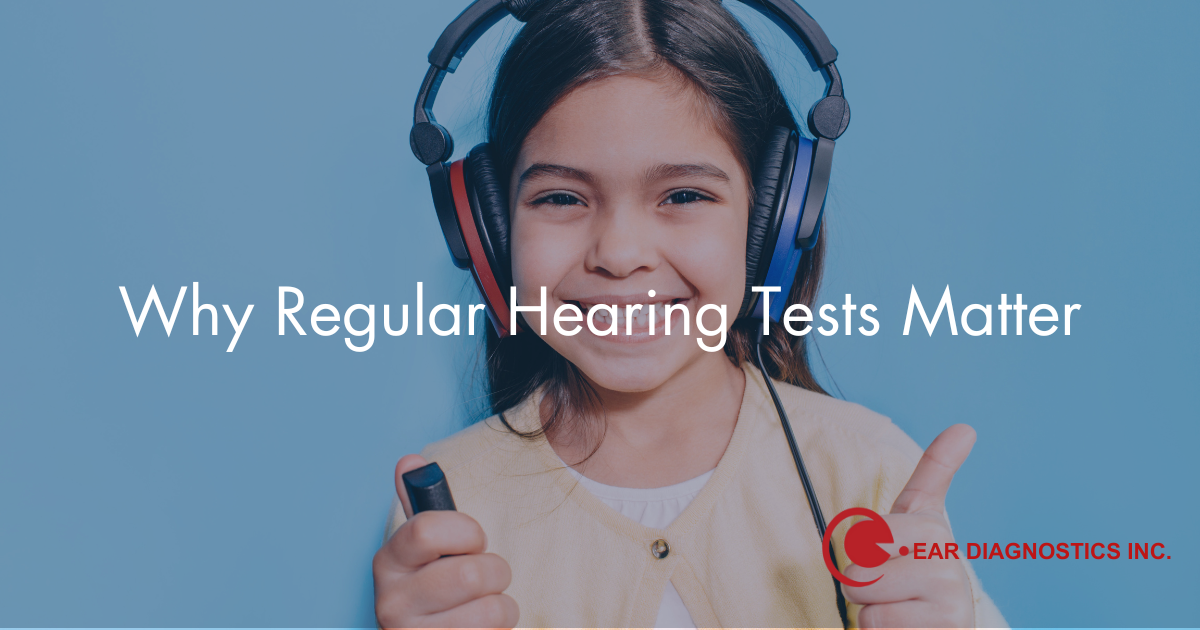It is not until recent times that hearing aids are invented to help those who suffered from hearing loss.
It is a medical breakthrough that enabled deaf to hear again using some concept of sound amplification. The process of how hearing aids work is fairly simple but before that let us take a closer look on all the things you need to know about hearing aids.
It is true that hearing aids is a great device for those with hearing impairment but it is not that simple. It is not like those devices that if you want you can buy and then use it right away. There are some tests that must be done by a certified audiologist to a person who wants to use hearing aids. Depending on the age of the patient, the audiologist will determine through medical examination on the patient, the adjustments that must be made to the hearing aids. Every person with hearing impairment is not similar to other people who also have it, this only means that careful examination must be performed before finally putting the hearing aid in a patient’s ear.
The shape of the ear canal must also be taken into consideration in fitting hearing aids. The audiologist will then make an ear mold, made from soft materials that is snuggly fitted in the outer ear. It is vital that the ear mold must conform to the shape of the ear canal; this means that it must be replaced as the shape of the outer ear changes, for example, in small children; the molds must be replaced every 2-6 months.
The hearing aid works by identifying the loud and subtle sounds and amplifying it if it needs to be amplified. Analogue hearing aids have a small microphone attach to it that will pick-up sounds and then the mechanism inside the hearing aid will translate it to electrical signals, making it louder if it is too soft, and then feed it to the ear. In this manner, the examination and tests that are conducted to the person before putting the hearing aid to his ear will come in handy.
A digital hearing aid is more advanced than analogue ones. It has a built-in microchip inside it that process thousands, even millions of electrical signals, then convert it to clearer sounds and then feed it in the ears. It can distinguish more sounds and reduces noise that analogue hearing aids may not be able to do. Always remember to consult an audiologist first before using any type of hearing aids so that he can assess the condition of the one that will use it.








